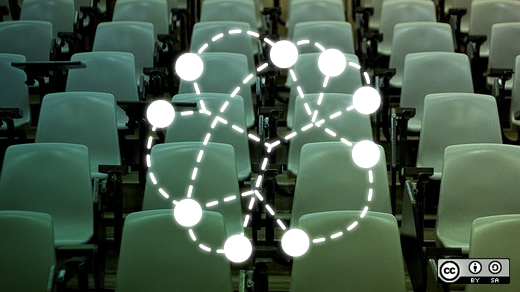Learning how to deploy and maintain OpenStack can be difficult, even for seasoned IT professionals. The number of things you must keep up with seems to grow every day.
Fortunately, there are tons of resources out there to help you along the way, whether you are a beginner or a cloud guru. Between the official documentation, IRC channels, books, and a number of training options available to you, as well as the number of community-created OpenStack tutorials, help is never too far away.
On Opensource.com, every month we take a look back at the best tips, tricks, and tutorials published to the web to bring you some of the most useful. Here are some of the best guides and hints we found last month.
- First up, let's take a look at TripleO, an OpenStack deployment tool. Adam Young takes us through the basic steps of his experimentation with getting started with TripleO, by deploying RDO on CentOS 7.1.
- If you're looking to deploy applications on top of OpenStack, it can help to have some simple examples at hand. Why not take a look at some simple Heat templates? Cloudwatt gives us new examples this month including MediaWiki, Minecraft, and Zabbix.
- If you work in OpenStack development, you know that it can be difficult to reproduce bugs. OpenStack has so many moving parts that replicating the exact circumstances that produced your error can be a non-trivial task. In this blog post, learn some best practices in debugging hard-to-find test failures through an example with Glance.
- Next, explore a new feature from the Liberty release designed to make it easier to share Neutron networking resources between projects and tenants in an OpenStack deployment, Role Based Access Controls (RBAC). Learn the basic commands necessary to manage RBAC policies and how to set up basic controls in your cloud deployment.
- Another new feature of the Liberty release is on the storage side: the ability to back up in-use volumes in Cinder. In this short article, learn more about how the procedure works and how Cinder manages the process.
- Also relatively new, from the Kilo release, is the introduction of ML2 port security into Neutron, a useful feature for Network Functions Virtualization. To learn more about how ML2 port security works and how to enable it, see this short walkthrough from Kimi Zhang.
- Finally, for anyone trying to work out bugs in Neutron network creation using pdb (the Python debugger), this quick step-by-step post from Arie Bregman will get you past some common issues.
Looking for more? Be sure to check out our OpenStack tutorials collection for over a hundred additional resources. And if you've got another suggestion which ought to be on our next list, be sure to let us know in the comments.






Comments are closed.